Module 1 Pig Welfare, Slaughter and Biosecurity
6 Pig Slaughter
Last Updated: 10 Jan 2022.
6.1 Standard operating procedure (SOP) for slaughter
6.1.1 SOP`s shall be in place that cover the full scope of the stunning and slaughter process including, where relevant, species segregation – staff training records shall be available to demonstrate task competency (certs of competency), welfare awareness, and the actions to be taken should welfare be compromised. Refer to note 1.3 in Appendix 2 of this module for useful publications that provide guidance on humane killing and captive-bolt stunning.
6.1.2 Shackling operatives shall assess pigs for the effectiveness of the stun – it is expected that this shall incorporate an unrecorded check for rhythmic breathing and corneal reflex.
6.1.3 An AWO shall carry out a daily recorded check to demonstrate the effectiveness of the stun.
6.1.4 Re-stuns shall be undertaken as necessary and documented records maintained for each incident.
6.1.5 If it is found that animals are not being effectively stunned, the slaughter line shall be stopped immediately, root cause established, and remedial action taken. All incidents and resulting actions shall be documented.
6.1.6 The AWO shall be responsible for reviewing and identifying trends relating to animal welfare on site and have the appropriate authority to take appropriate action to resolve any concerns that are raised.
Evidence
Visual inspection. Copy of SOP. Examples of records for re-stuns since the last audit. Evidence of trends and action taken where appropriate.
6.2 Stunning
6.2.1 The number of pigs within the stunning area shall be proportionate to the activities being undertaken.
6.2.2 Where pigs are electrically stunned using the floor stun method, the group size shall be managed to allow two operatives working in the pen (one stunning and one shackling) to minimise the stun-stick interval.
6.2.3 Where gas stunning equipment is used it shall be designed to maintain welfare and ensure an effective stun and kill is achieved.
6.2.4 Back-up stunning equipment shall be provided for use if the primary stun method fails or malfunctions.
6.2.5 Following stunning there shall be sufficient space to allow the pig to be placed in the prone position prior to shackling.
6.2.6 A daily documented check shall be carried out to confirm that the maximum stun to stick interval does not exceed:
- 15 secs for electrical stunning
- 75 secs for Co2 stunning
6.2.7 Maintenance records shall be available for all stunning equipment (primary and back-up) used.
6.2.8 Evidence of annual calibration records shall be available for all stunning equipment (primary and back-up).
Guidance
Electrical Stunning: Minimum stun times and voltages are stated in legislation. Under no circumstances shall the operative who is shackling the pig also bleed the pig from within the stunning area. The sticking (bleeding) operation shall be undertaken by a separate operative.
Gas Stunning: The equipment is designed to: – measure, display and record gas concentrations and the time of exposure, maintain gas concentration, allow pigs to be monitored in the stunner and accessed without delay, allow atmospheric air to be promptly flushed through the stunner , avoid compression of the chest of a pig , enable a pig to remain upright during consciousness , enable a pig to see other pigs as it is conveyed through the stunner , allow pigs to see their surroundings (through lighting). There should be Systems in place, that visibly and audibly to alert an operator of drops in gas concentration and equipment failure. Records are kept for at least one year and the manufacturer’s operational instructions are followed
Evidence
Visual inspection. Evidence of back up equipment, maintenance records and calibration records where applicable since last audit.
The auditor shall record several pigs stun to stick times. Maintenance and calibration records for primary and back-up stun systems.
Effectiveness of captive bolt: the effectiveness of the captive bolt penetration requires varication. Annual calibration is required also.
6.3 Sticking & bleeding
6.3.1 The sticking process shall be severing the major blood vessels to create a good free-flowing bleed out.
6.3.2 A daily documented check shall be carried out to confirm that the minimum uninterrupted bleed out time is not less than 90 secs.
6.3.3 To avoid cross-contamination due to the significant bunching of carcases in the bleed area shall be avoided.
Evidence
Visual inspection of the process. Review bleed out records. Record sample of pigs bleeding time.

